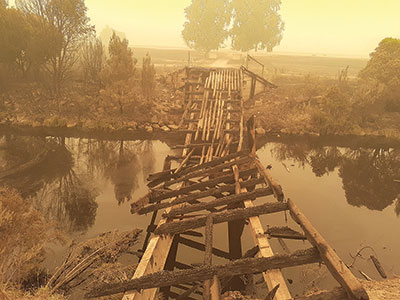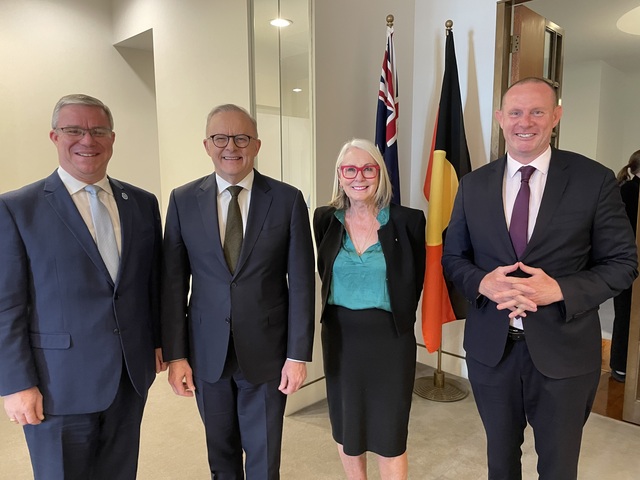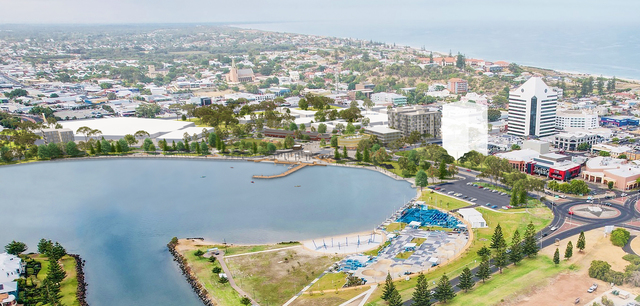The images and stories of this summer’s bushfires dominated Australian news and were seen across the world.
Victoria’s East Gippsland is familiar with bushfire, but the number of fires and their scale was something most people had not experienced before.
Covering 21,000 square kilometres, or approximately 10 percent of the state, East Gippsland Shire Council is the second-largest shire in Victoria. It has a population of around 46,000 people. The majority of land is state or national forest.
East Gippsland is dotted with small, isolated communities. A number of communities were cut off during and after the fires and needed emergency supplies delivered by air or sea by the Australian Defence Force. A State of Disaster was declared by the Victorian Government; the first time these powers had been used since they were developed after the 2009 Black Saturday fires.
In early January work began to establish a new directorate focussed on bushfire recovery.
The directorate includes community recovery officers, each dedicated to one fire-affected region. This will support community-led recoveries that meet the individual needs of each locality, rather than a ‘one-size-fits-all’ approach.
Other units in the directorate are built environment recovery, economic recovery, emergency management, and Bushfire Recovery Centre operations.
While some East Gippsland Shire staff have been seconded into the directorate many roles are being filled by staff from other councils. Open recruitment will fill the remaining roles.
Council manages over 200 bridges and has been replacing its timber bridges with concrete and steel. Of the 35 remaining timber bridges, 16 were destroyed or damaged in the fires. Council has moved quickly and has already started replacing some of these bridges.
Other high priorities for Council are establishing arrangements for disposal of fire-damaged waste and ensuring land use planning is resourced to manage the influx of permit applications when people are ready to rebuild.








